Recent publications - 06/2022
- Cohesin regulates homology search during recombinational DNA repair. Aurèle Piazza, Hélène Bordelet, Agnès Dumont, Agnès Thierry, Jérôme Savocco, Fabien Girard & Romain Koszul (Nov. 2021), Nature Cell Biology
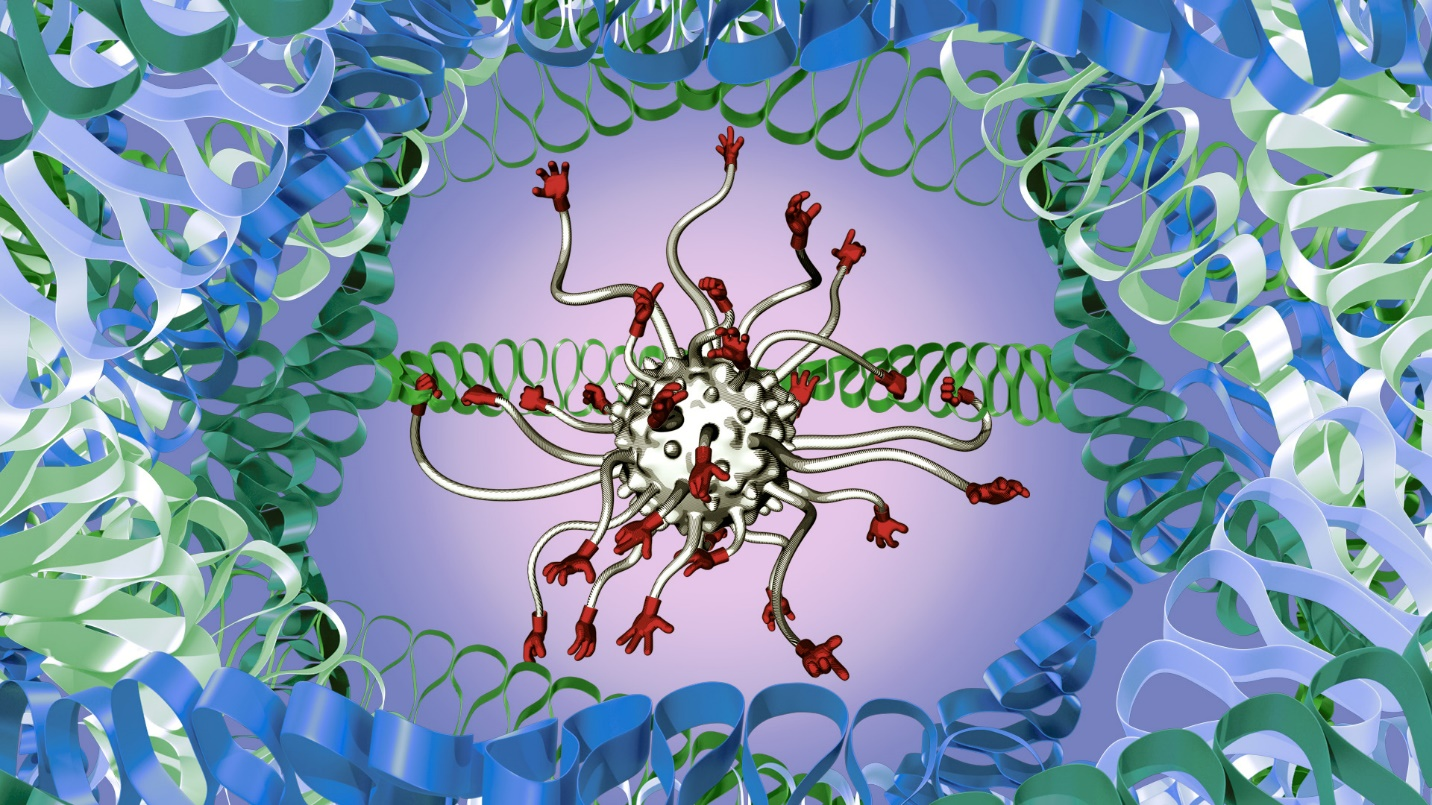
Our paper “Cohesin regulates homology search during recombinational DNA repair” is out in Nature Cell Biology! We showed that chromatin folding is reorganized locally and genome-wide in response to a DNA break in S. cerevisiae: chromosomes fold as arrays of cohesin-mediated loops and individualize while the DSB ends are tethered together by the 9-1-1 clamp. This local organization blocks cohesin translocation, which places the broken region at the axis of the chromosome and constrain it there.
Functionally, cohesin biases homology search, promoting it in a side-specific fashion in cis while inhibiting it in trans. This work identifies direct and indirect ways by which cohesin regulates target search in the context of DNA break repair.
Paper: https://pubmed.ncbi.nlm.nih.gov/34750581/
-
Spatial organization of chromosomes leads to heterogeneous chromatin motion and drives the liquid- or gel-like dynamical behavior of chromatin. Hossein Salari, Marco Di Stefano and Daniel Jost (2022) Genome Research 32: 28-43.
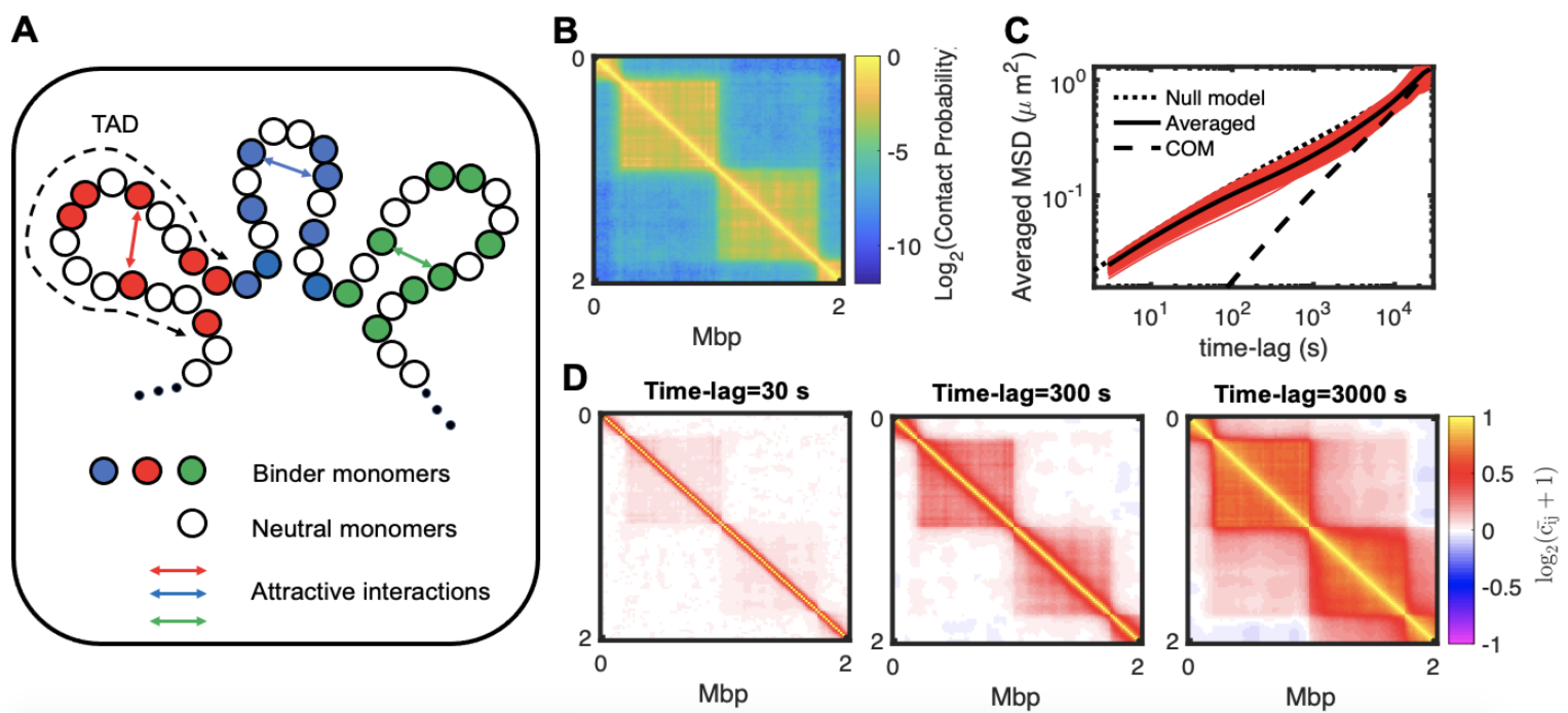
Chromosome organization and dynamics are involved in regulating many fundamental processes such as gene transcription and DNA repair. Experiments unveiled that chromatin motion is highly heterogeneous inside cell nuclei, ranging from a liquid-like, mobile state to a gel-like, rigid regime. Using polymer modeling, we investigated how these different physical states and dynamical heterogeneities may emerge from the same structural mechanisms. Our work provides a comprehensive study of chromosome dynamics and a unified view of chromatin motion enabling interpretation of the wide variety of dynamical behaviors observed experimentally across different biological conditions, suggesting that the “liquid” or “solid” state of chromatin are in fact two sides of the same coin.
Paper: https://pubmed.ncbi.nlm.nih.gov/34963660/
- Asymmetry is defined during meiosis in the oocyte of the parthenogenetic nematode Diploscapter pachys. D. Samandar Eweis, M. Delattre, J. Plastino. (Dec. 2021) Developmental Biology 483:13-21
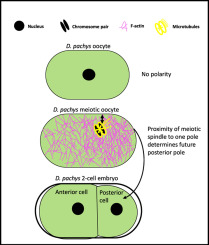
This is a collaborative work with the team of Julie Plastino at Institut Curie/Paris. She is a biophysicist, specialist of actin.
We asked how symmetry breaking in one-cell embryo occurs in species which are not fertilized by a sperm cell (i.e. with no external polarity cue as in parthenogenetic species)
Paper : https://doi.org/10.1016/j.ydbio.2021.12.013
- Evolutionary divergence of anaphase spindle mechanics in nematode embryos constrained by antagonistic pulling and viscous forces. D. Khatri, T. Brugière, C. Athale, M. Delattre (March 2022) Molecular Biology of the Cell in press (special issue Quantitative Biology)
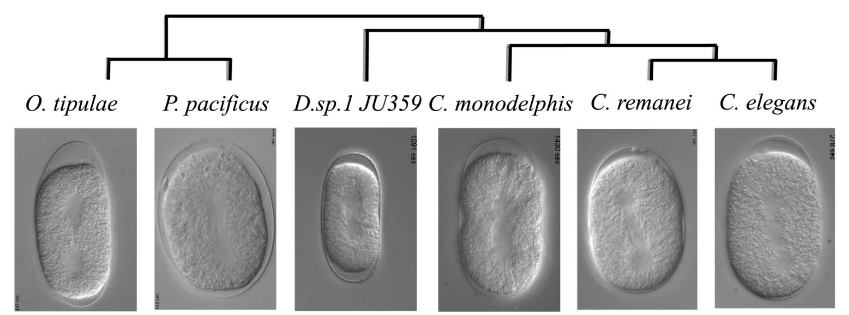
This is an interdisciplinary and international collaborative project with a research group in India (at IISER Pune, a partner of ENS Lyon). Chaitanya Athale is a biophysicist and we explored together the evolution of biophysical properties (cortical pulling forces, viscosity and elasticity) in the embryos of several nematode species.
Paper : https://doi.org/10.1091/mbc.e21-10-0532
- Paternal transmission of the Wolbachia CidB toxin underlies cytoplasmic incompatibility. B. Horard, K. Terretaz, A-S. Gosselin-Grenet, M. Sicard, F. Landmann, B.Loppin (March 2022) Current Biology.
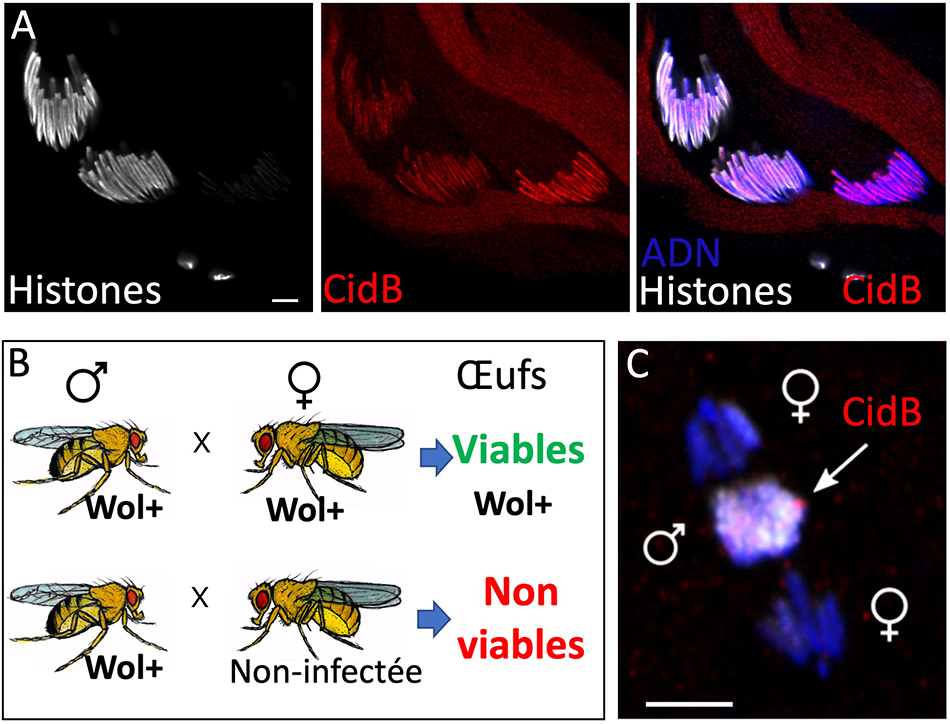
The Wolbachia bacterium lives in the cells of many insect species. Its global success is linked to its ability to invade populations via a mysterious selection mechanism called cytoplasmic incompatibility. A study using Drosophila and mosquito models has just shown that Wolbachia loads the nuclei of spermatozoa with a toxic protein capable of killing the eggs from the first embryonic division.
Paper : https://doi.org/10.1016/j.cub.2022.01.052
